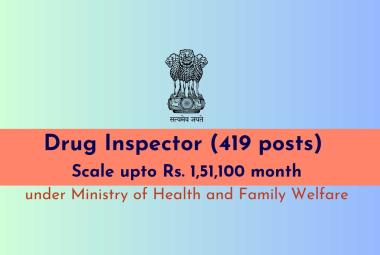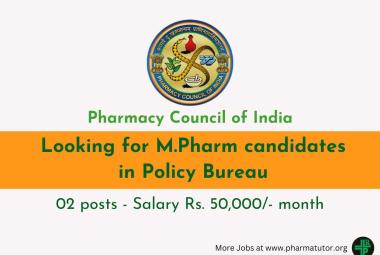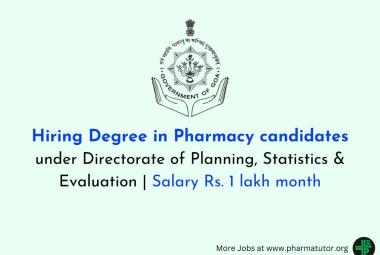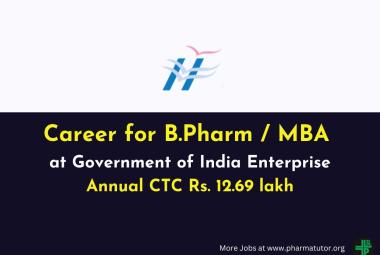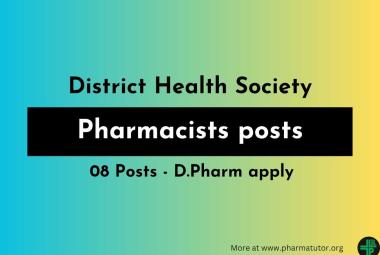DEVELOPMENT AND VALIDATION OF A REVERSED-PHASE HPLC METHOD FOR ASSAY OF AZITHROMYCIN IN POWDER FOR ORAL SUSPENSION
About Author:
Swapna.G*
Department of pharmaceutical Pharmaceutical & Quality Assurance,
Nirmala College of Pharmacy, Mangalagiri, Atmakuru, Guntur -522 203.
*swapna.goday.gs@gmail.com
Abstract
A simple, precise and accurate reversed phase liquid chromatographic method has been developed for the assay of azithromycin in powder for oral suspension. The chromatographic separation was achieved on a Asahipak ODP 40 E(250 mm × 4.6 mm, 5 μm) analytical column. A mixture of methanol–ammonium dihydrogen phosphate (0.05M) (30:70, v/v) (pH 9.0) was used as the mobile phase, at a flow rate of 1.5 mLmin-1 and detector wavelength at 210 nm. The retention time of azithromycin was found to be at 8.0 min. The validation of the proposed method was carried out for specificity, linearity, accuracy, precision, robustness and stability indicating assay. The linear dynamic range is from 382–1208 μgmL-1 for azithromycin. The percentage recovery obtained for azithromycin is 101.0%. The developed method can be used for pharmaceutical dosage form and in process testing.



 ABOUT AUTHORS:
ABOUT AUTHORS: ABOUT AUTHORS:
ABOUT AUTHORS: About Authors:
About Authors: ABOUT AUTHORS:
ABOUT AUTHORS: About Authors:
About Authors: About Authors:
About Authors: 